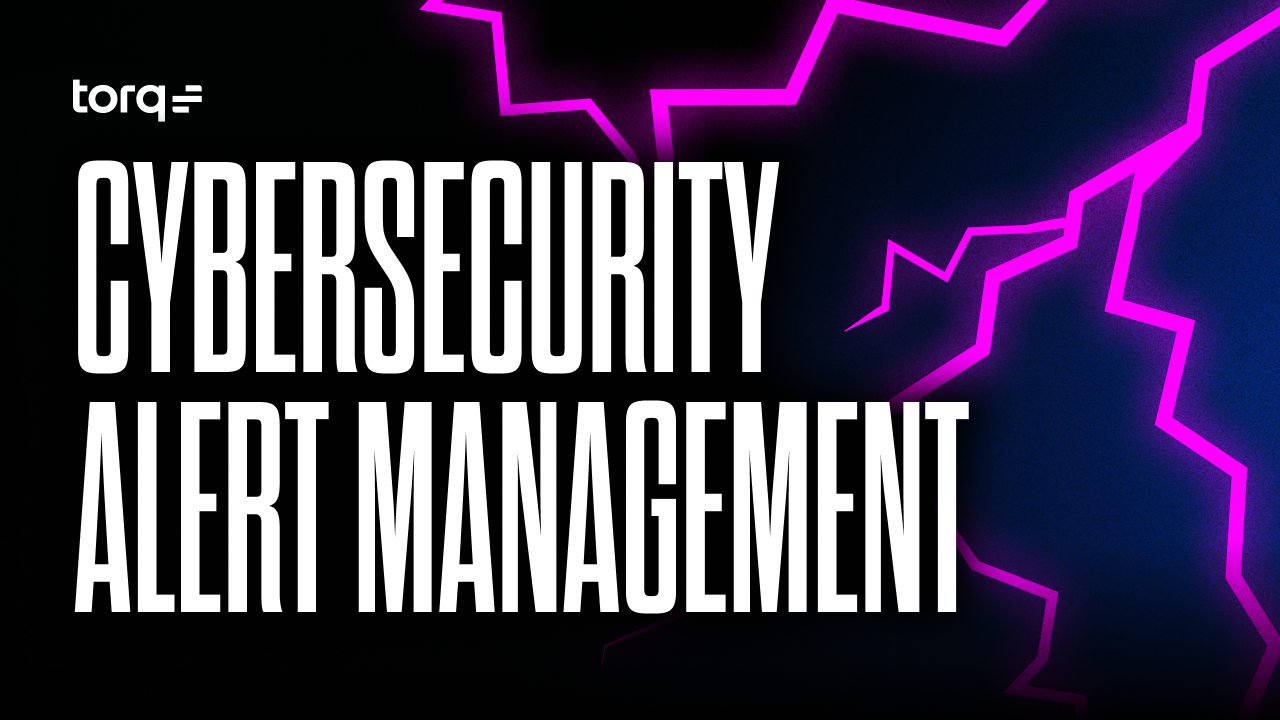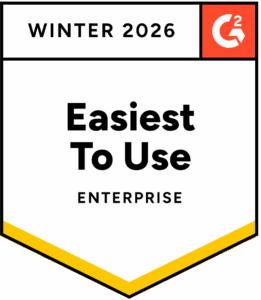As businesses continue to evolve, automation has become an essential aspect of modern operations. The benefits of automation are numerous, ranging from reducing operational costs to increasing security, efficiency, and accuracy. However, with so many automation solutions available on the market, it can be challenging to select the right one for your business. As a product specialist at Torq with over a decade of experience in field positions, I have had the opportunity to witness countless businesses on their automation journey, and I want to share some of the insights with you. At the end of the article, you will have a better understanding of the critical factors to consider when choosing the right automation solution.
1. Business requirements, Technology Stack, In-House Solutions
The first step towards selecting the right automation tool is understanding your business requirements. This involves identifying the processes that need automation (repetitive tasks, high error rates, etc.) and mapping the technology stack. It is crucial to evaluate the automation solution’s capabilities to integrate seamlessly with your stack and provide out-of-the-box functions that are relevant to your technology stack, as this improves the time to value and ROI by enabling simplicity when creating automation workflows. It’s also equally as important to map your in-house customizations to examine how the potential solution works with them, as without the sync between the two, you will most likely face “unplanned costs” and it might lead to complete blockers.
2. Out-of-the Box vs Generic
Flexibility is another important factor to consider when selecting an automation solution. Wait a minute! What do we mean by flexibility? Referring to the balance between out-of-the-box capabilities and generic/customization capabilities. It is essential to ensure that the “out-of-the-box” capabilities can be fully customized; based on my experience, missing even one piece of the puzzle can prevent successful workflow automation, so you better be able to customize it or you might hit the same wall that is killing the legacy SOARs (content and integration creation; “Sorry, we don’t support it”).
However, beware of generic solutions that may satisfy use cases but hinder time-to-value and solution maintenance (for example, vendor API updates). So at the end of the day, having both out-of-the-box and generic capabilities is desirable.
3. POC Time + Success Criteria
After understanding your business requirements and technology stack, evaluating potential automation solutions with a Proof of Concept (POC) is the next step. The focus is on time-to-value and ROI. Choosing your important use cases and evaluating how quickly and easily they can be fully operational is essential. It is equally important to determine how easy it is for you to accomplish this. It’s time to ask your team to complete a use case from scratch using the potential automation solution.
Here is the specific success criteria for the POC as I see it (I promise it will save you money in the long):
- New content creation – “steps”.
- New integration creation – out of the box and generic capabilities.
- Bring your own code – relevant when you have a legacy code such as a big in-house solution that you can’t replace right away, or even empowering someone who wants to use code for specific use cases.
- Connectivity capabilities – more than APIs (SSH, Bash, SQL, etc).
- Life cycle management – vendor API updates, production vs testing separation, testing and CI/CD solutions, etc.
- Templates – out-of-the-box workflows that reflect different use cases.
- Content sharing – workflows and steps, relevant for a super user who helps others.
- Compliance – meet the standards of your company.
4. Scale + Vision
Now that we have a candidate that answers all of that (hint: Torq), it’s time to validate what the future looks like. It’s time to focus on scalability, maintenance, and the vision of the vendor. As your business grows, the solution should scale with it. It is essential to choose an automation system that can handle increased volumes of data and adapt to changing business needs over time. Selecting a solution from a vendor with a clear vision for the future can be critical to ensuring the long-term success of your automation efforts.
Choosing the right automation tool is a critical aspect of a modern security team. It’s crucial to examine the standout aspects of the solution as it can have a significant impact on your organization, particularly in terms of efficiency, improved security posture and lowering costs.
While there are many factors to consider when selecting a security automation tool, these essential elements should guide your decision-making process as they increase the probability of success. As a product specialist at Torq, we understand the importance of selecting the right automation tool (so we have created an Hyperautomation one), and I hope that this article has provided you with valuable insights to make an informed decision.








